Films and TV series are filled with scenes in which heroes hide or fight their foes in abandoned, unused underground tunnels. The majority of these film play out in cities with old and large underground rail networks, sections of which are no longer used. One would believe that Budapest has no such tunnels. But there was one, or is, only its been used for something else entirely for the past 45 years.
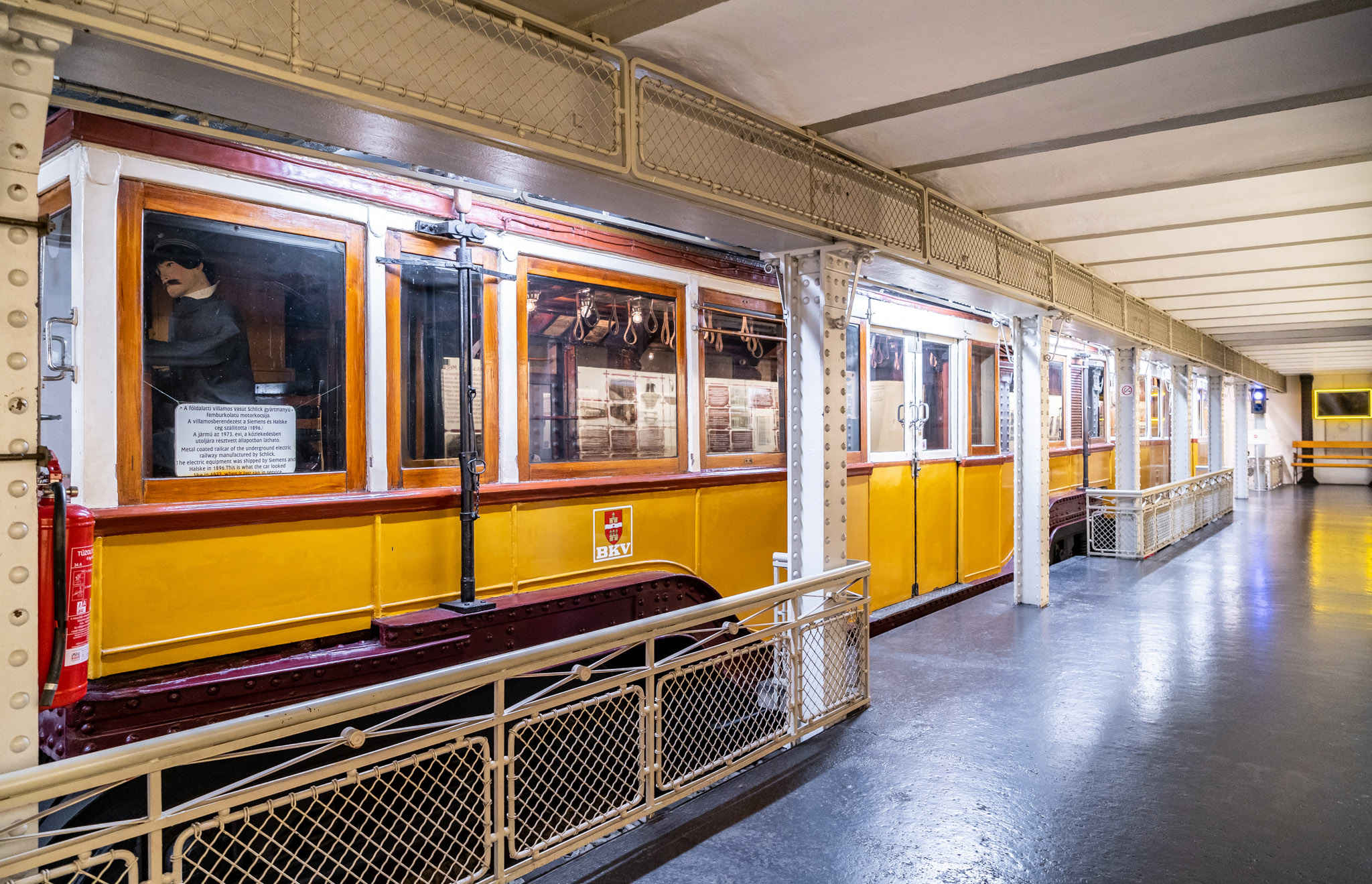
The underground museum commemorates the first underground railway on mainland Europe (Photo: Balázs Both/pestbuda.hu)
The Millennium Underground, which opened in 1896, was one of the world’s first underground urban railways. The line served passengers unaltered until 1955, when one of its stations on Deák Square, was remodelled. The original line, following the original design of the square, turned from Andrássy Avenue towards the terminus at Vörösmarty Square with a larger curve, a bend cut in the 1950s.
The line was diverted into a new tunnel on an 80-metre section. However, the old tunnel was not filled and stood abandoned for ten years. When the construction of metro lines resumed in the 1960s, and with it, the creation of the Deák Square pedestrian underpass, the fate of the abandoned tunnel was also drawn into question. Original plans were to bury the section.
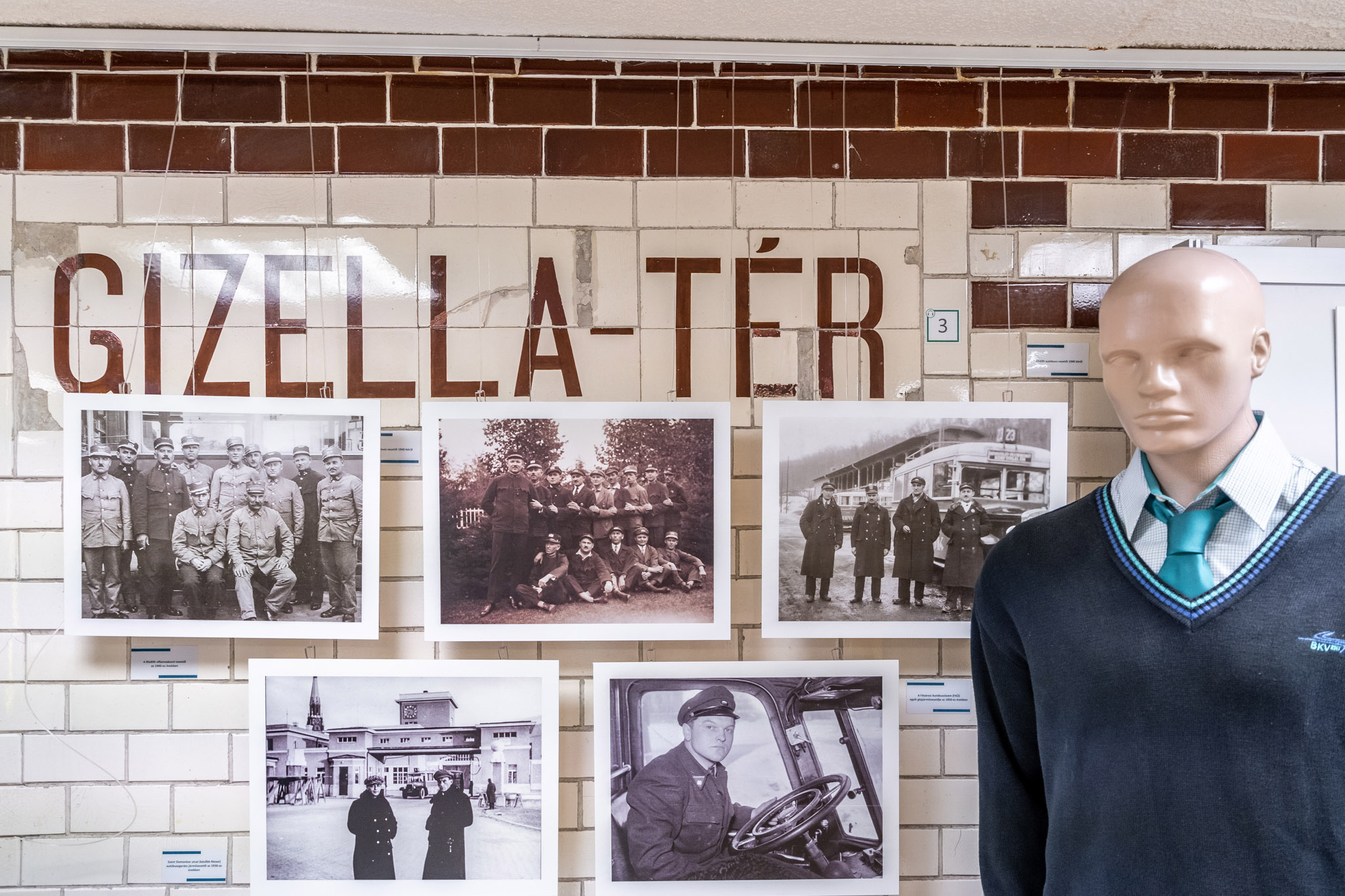
The original Gizella Square sign which was displayed not here, but at the terminus on today's Vörösmarty Square (Photo: Balázs Both/pestbuda.hu)
However, the Transport Museum floated the idea of creating a metro exhibition in the tunnel. The plan was also supported by the communist city council of the time. As a result, UVATERV created the plans for the new station an underpass on Deák Square including the museum. Naturally, not everything was quite so easy, a water main that had been installed through the tunnel in the meantime had to be removed.
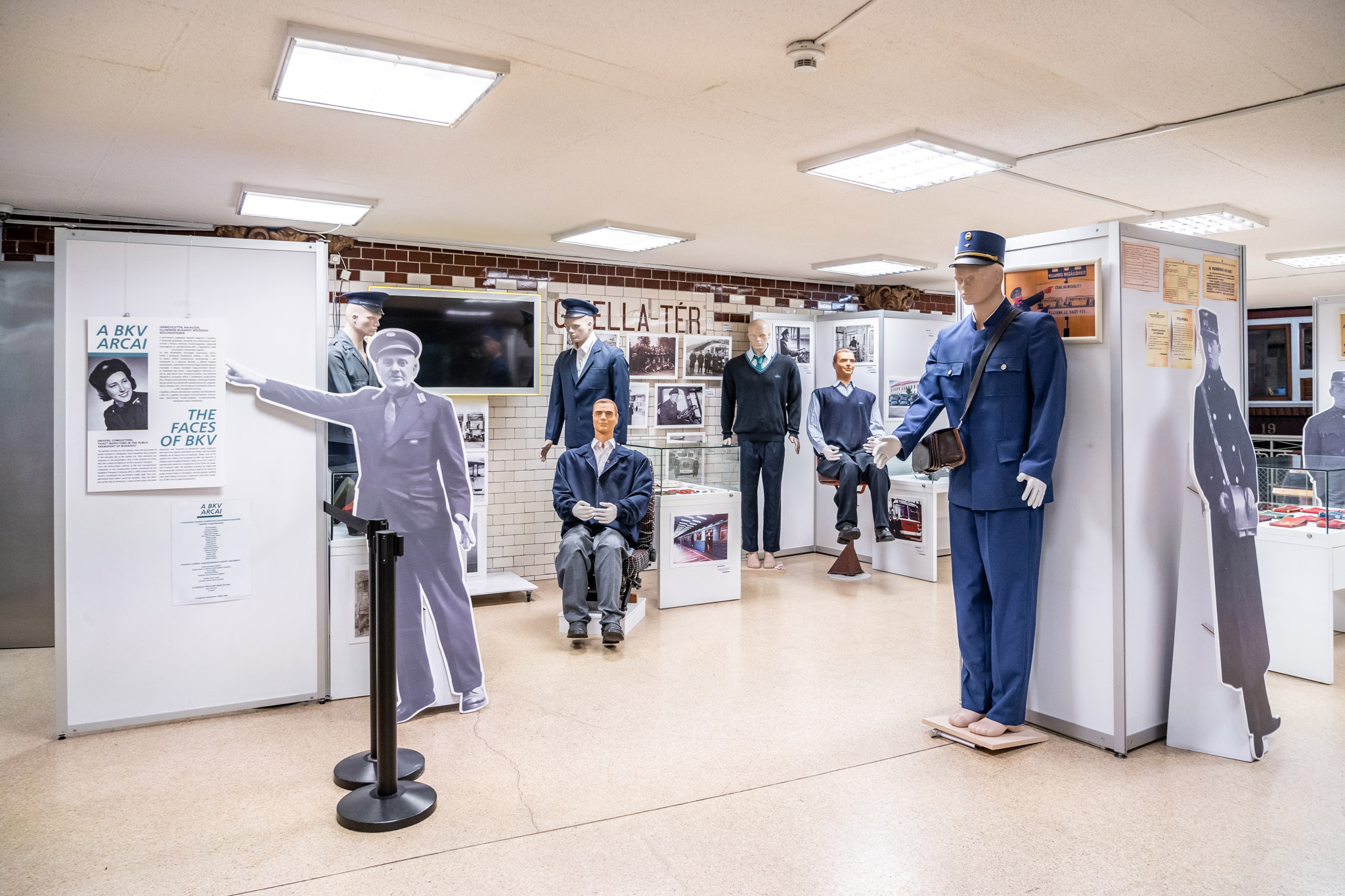
Not only original cars are on display at the exhibition (Photo: Both Balázs/pestbuda.hu)
Work began in 1974 following a lengthy planning process. The tunnel was already there, but contractors moved the original Zsolnay tiles of the Gizella tér station sign to the new location, including several marble memorial plaques. One of these bore the names of the institutions, companies and people involved in the creation of the railway. Another commemorates when Franz Joseph travelled on the train and allowed it to be named after him.
One would think that the cars on display were pushed into space, as they once used the line. However, this was, in fact, impossible. The roof of the tunnel had to be removed, and the cars lowered in by cranes.
As the complete reconstruction of the Millennium Underground was underway in 1972–73 when the museum was created, it immediately became the home of rolling stock which would no longer be used.
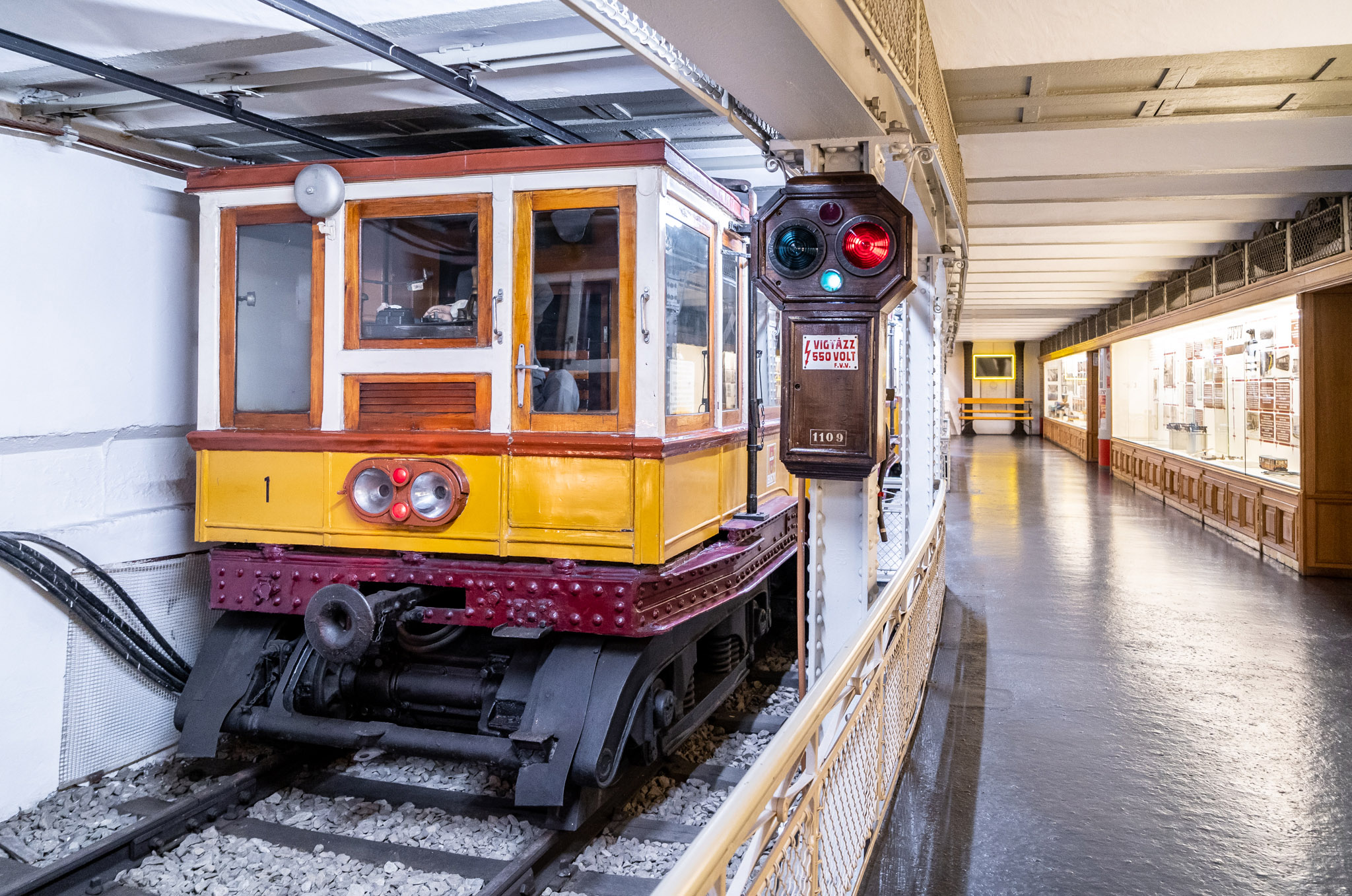
One of the cars on display (Photo: Balázs Both/pestbuda.hu)
A total of three train cars were put on display. One of them is a wood-panelled motor car, the driver's can and pantograph of which have been restored to their original condition. Another is a metal-clad car as used in 1973, and a third, displayed in the condition it was when retired from service in 1973.
The museum opened on 26 October 1975. The daily newspaper Népszabadság reported about the exhibition two days later:
"MUSEUM ON THE UNUSED TRACK
exhibition about the underground railway in the Deák Tér underpassWhen the Millennium Underground was modernised nineteen years ago, a 50-metre tunnel was replaced with a new section. back then, no on thought that this walled-in tunnel would once house the Underground Railway Museum. The idea was first raised when construction of the Deák Square pedestrian underpass – which will soon become the largest public transport hub in the capital – began, and was implemented when the Underground was recently renovated."
Alongside the carriages on display, myriad documents and artefacts, as well as models showcasing the 125-year history of the railway, await visitors in the museum.
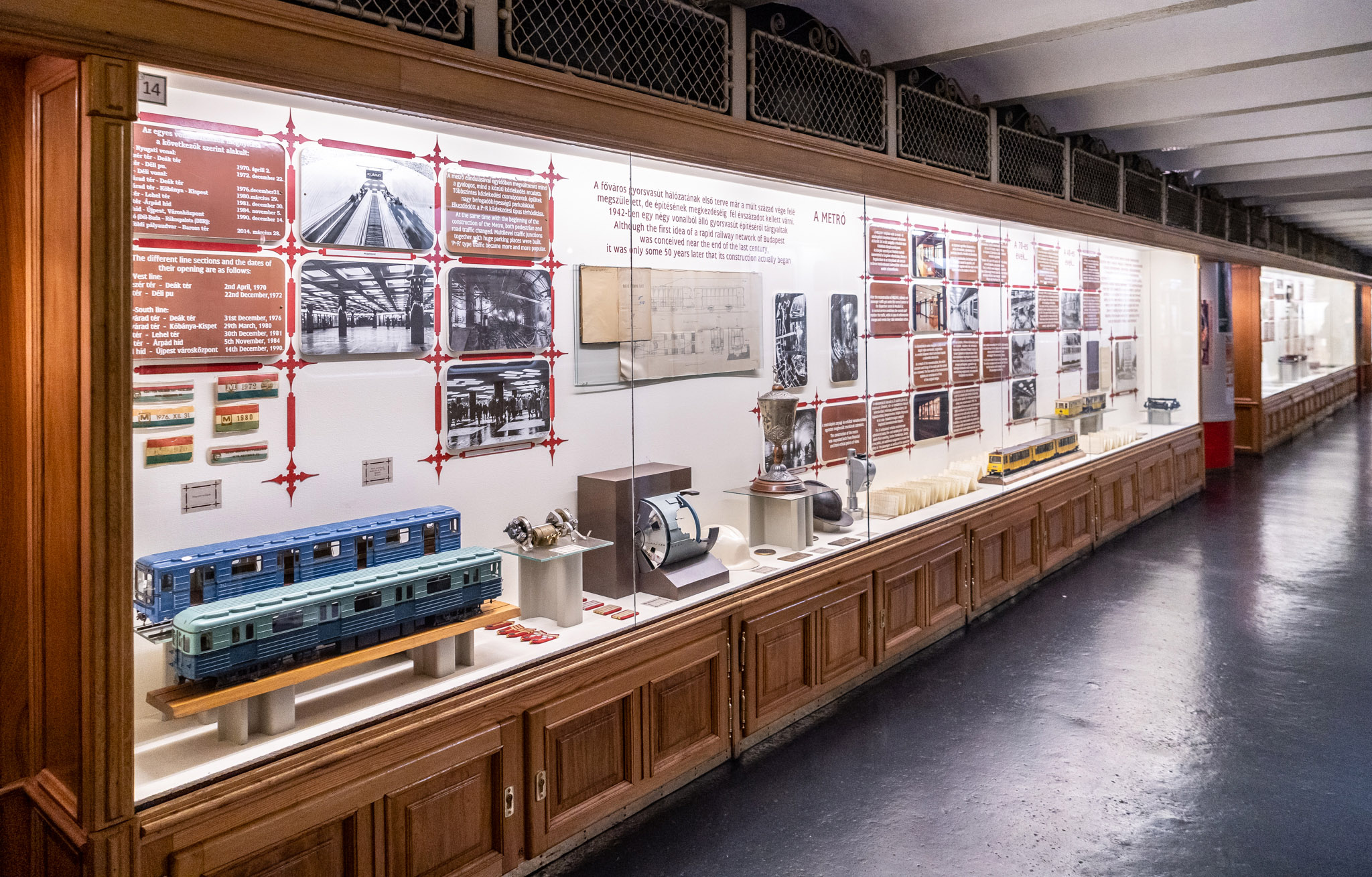
The exhibition also offers a glimpse into the history of other Budapest metro lines (Photo: Balázs Both/pestbuda.hu)
Unfortunately, the royal carriage, once used by Franz Joseph, only survived as a model. The car was donated to the Transport Museum after use. However, at the end of the 1940s, the operator requested its return and put it to work after slight modifications. When retired from service it was simply destroyed.
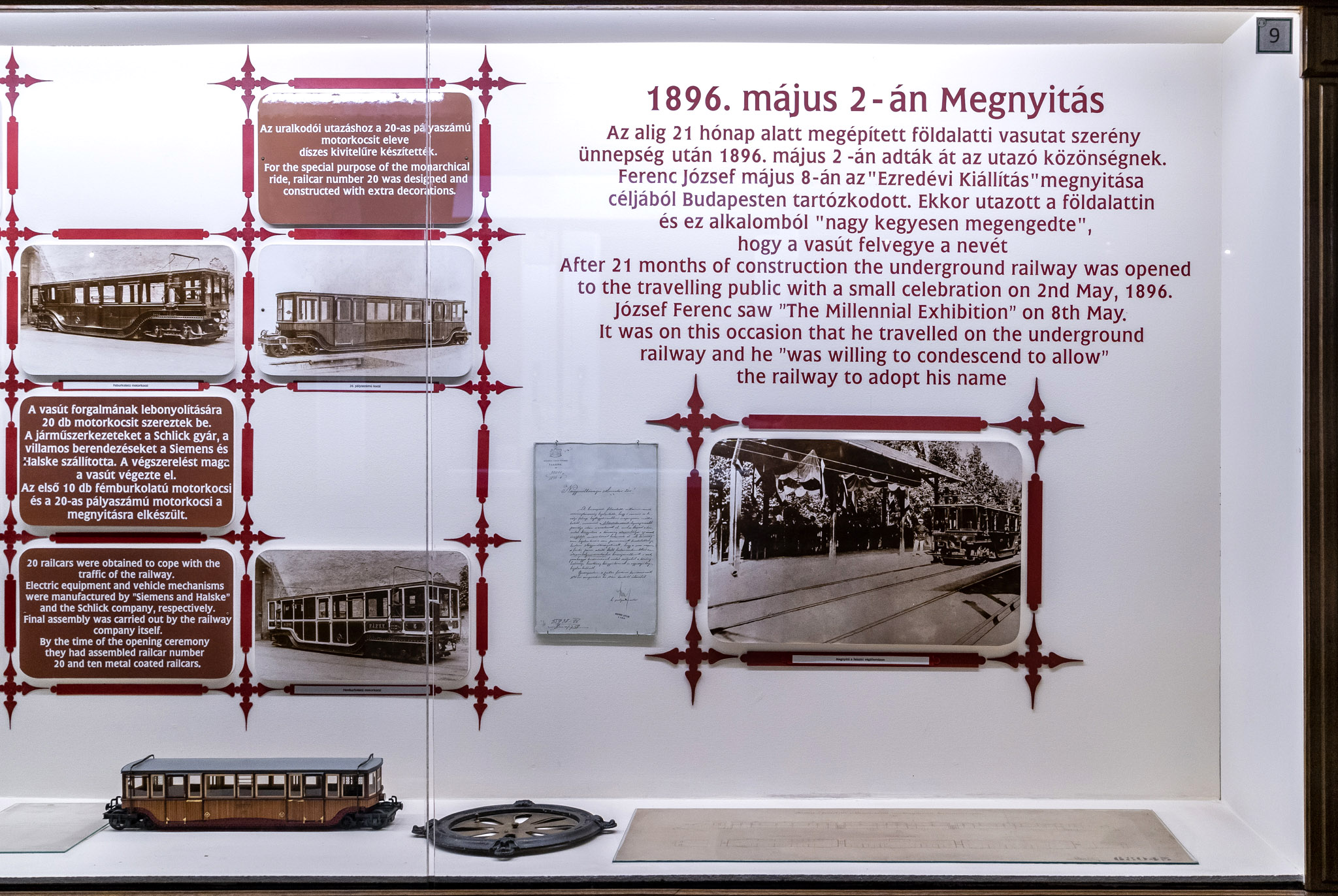
Some memories only survive as a model (Photo: Balázs Both/pestbuda.hu)
The major 1995 renovation of the Millennium Underground Railway did not affect the museum. A new rejuvenated exhibition opened in 1996, on the one-hundredth anniversary of the railway first opening.
When opened the cost of visiting the exhibition was a tram ticket, which visitors had to validate at the entrance. The tradition continues, and present-day visitors also pay the same as a single line ticket on public transport. True, these cost 1 Forint in 1975.
Cover photo: Underground Railway Museum (Photo: Balázs Both/pestbuda.hu)

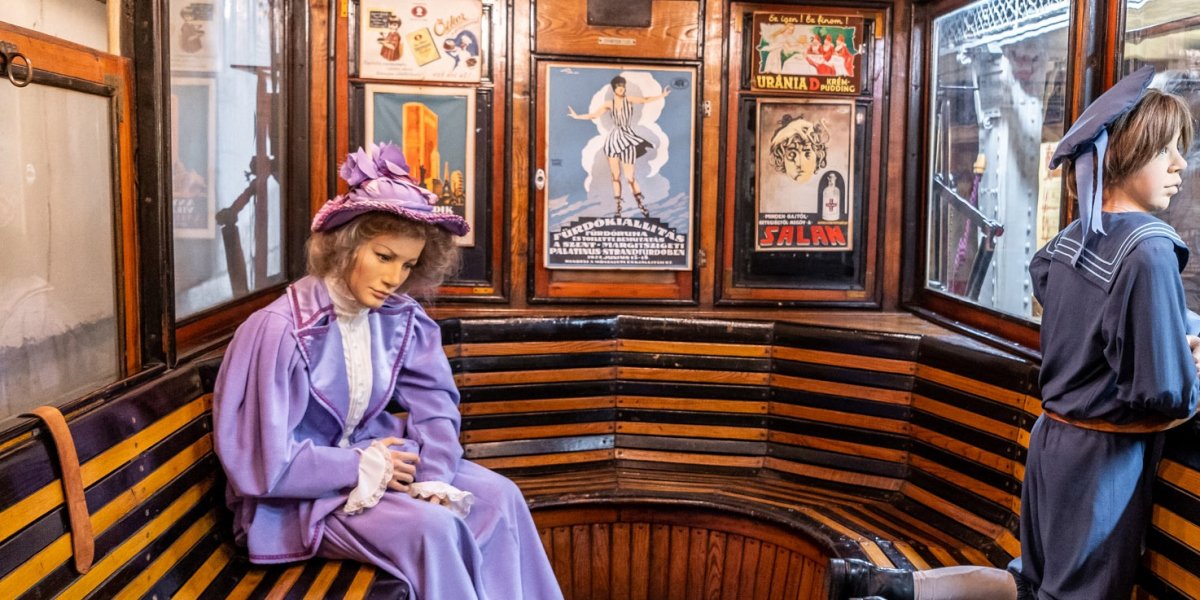



































Hozzászólások
Log in or register to comment!
Login Registration